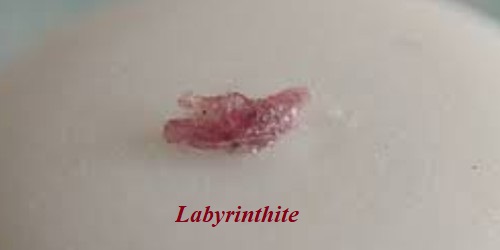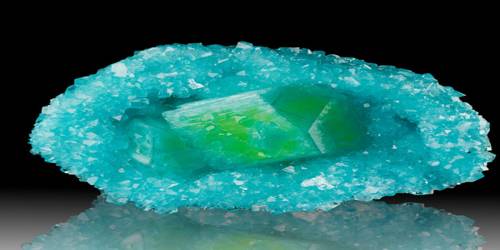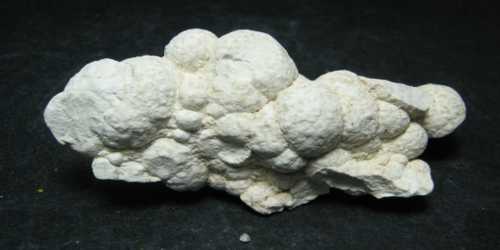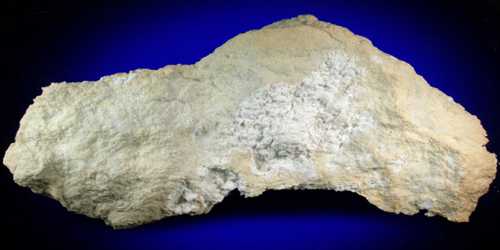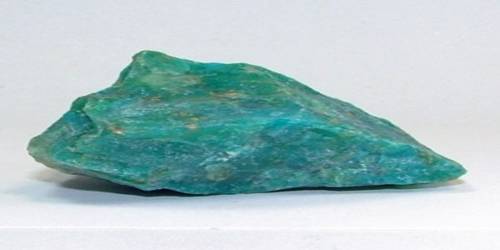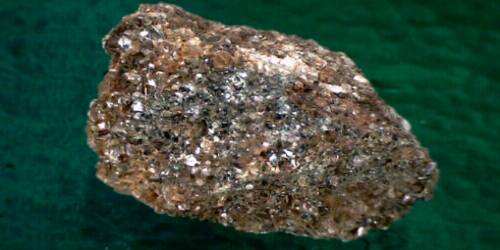Labyrinthite is a very rare mineral of the eudialyte group. When compared to other species in the group, its structure is extremely complex – with over 100 sites and about 800 cations and anions – hence its name. Its complexity being expressed in its formula: (Na,K,Sr)35Ca12Fe3Zr6TiSi51O144(O,OH,H2O)9Cl3. The formula is simplified as it does not show the presence of cyclic silicate groups.
General Information
- Category: Silicate mineral, Cyclosilicate
- Formula: (Na,K,Sr)35Ca12Fe3Zr6TiSi51O144(O,OH,H2O)9Cl3
- Crystal system: Trigonal
- Crystal class: Pyramidal (3) (same H-M symbol)
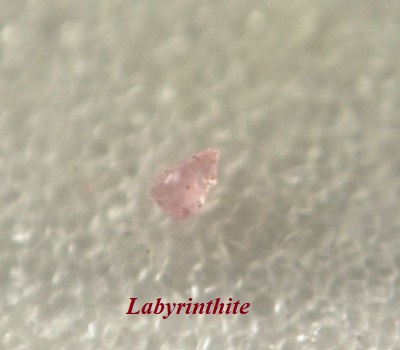
Properties
Complexity of the structure results in symmetry lowering from the typical centrosymmetrical group to R3 space group. Other eudialyte-group representatives with such symmetry lowering include aqualite, oneillite, raslakite, voronkovite. Labyrinthite is the second dual-nature representative of the group after dualite and third with essential titanium after dualite and alluaivite.
- Color: Pink
- Crystal habit: anhedral grains
- Cleavage: None
- Fracture: Conchoidal
- Tenacity: Brittle
- Mohs scale hardness: 5-6
- Luster: Vitreous
- Streak: White
- Diaphaneity: Transparent
- Density: 2.88 g/cm3 (measured)
Occurrence and association
Labyrinthite was discovered in hyperagpaitic (ultra-alkaline) pegmatite at Mt. Nyorkpakhk, Khibiny massif, Kola Peninsula, Russia, where it represents a late-stage mineral. It is a late-stage pegmatitic mineral in an alkaline igneous complex. It coexists with aegirine, alkaline amphibole, lamprophyllite, lomonosovite, potassium feldspar, pectolite, sodalite, and villiaumite.
Association: K-feldspar, sodalite, alkali amphiboles, aegirine, pectolite, lamprophyllite, lomonosovite, villiaumite, lovozerite-group minerals
Information Source;
